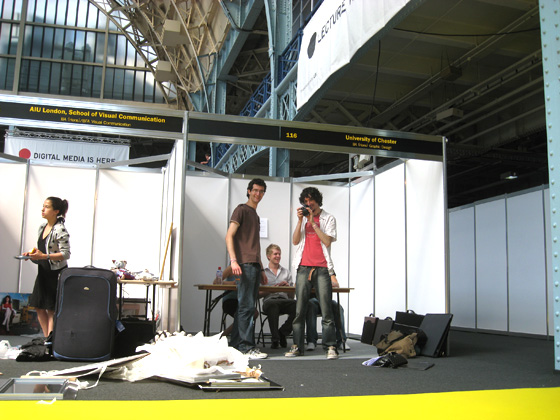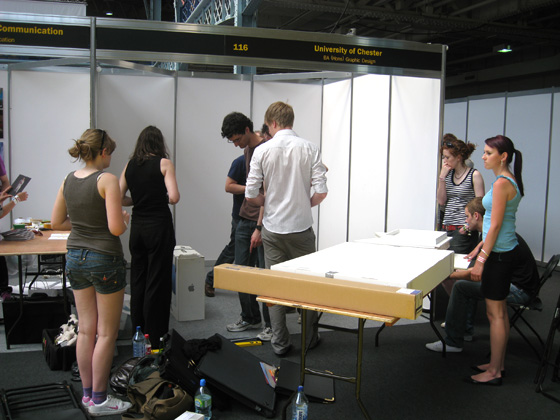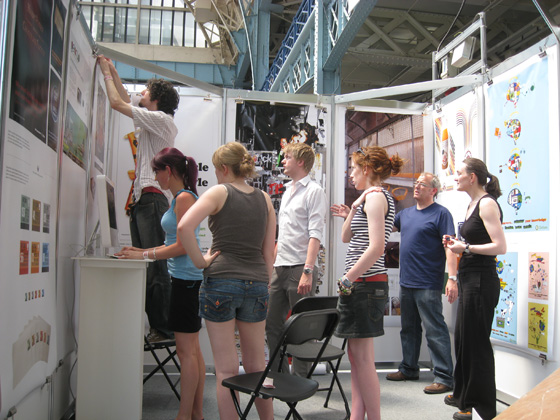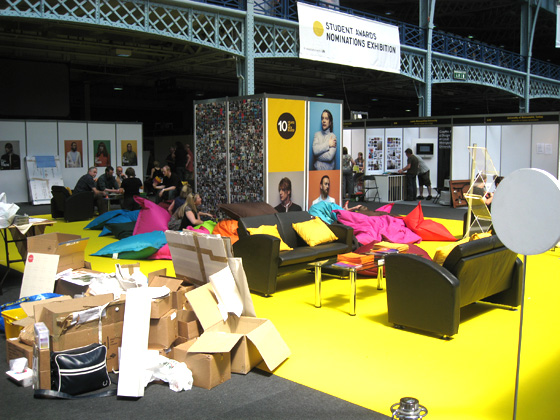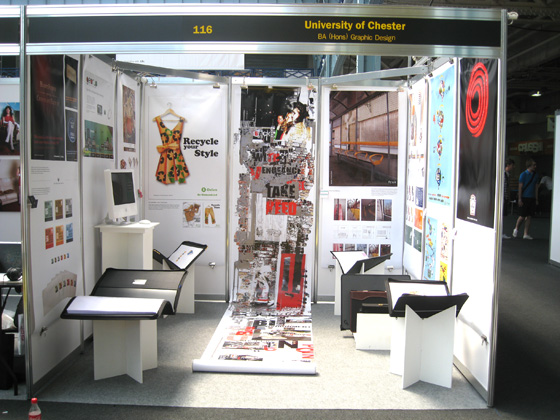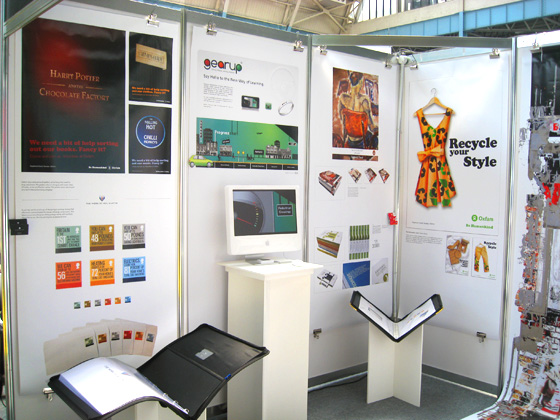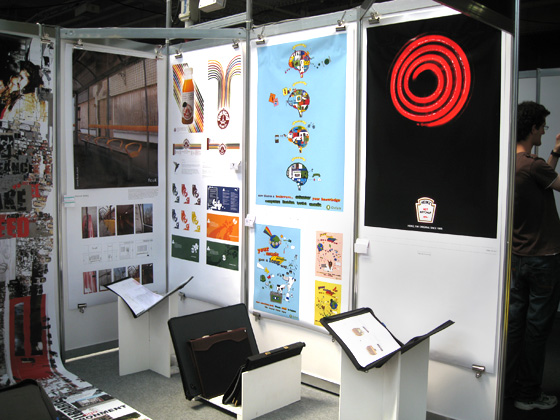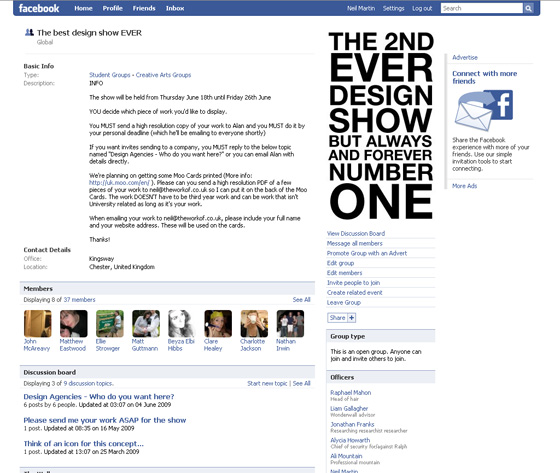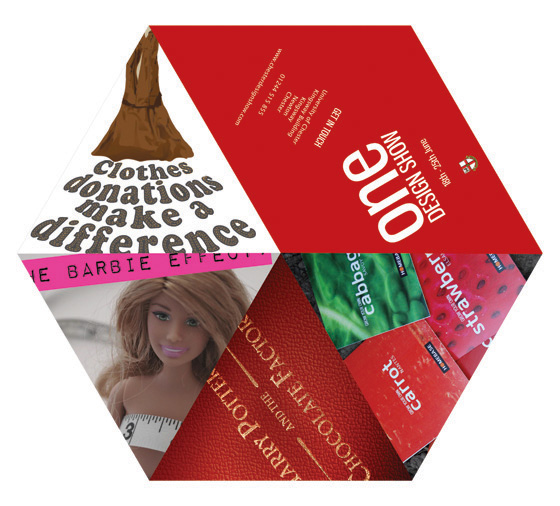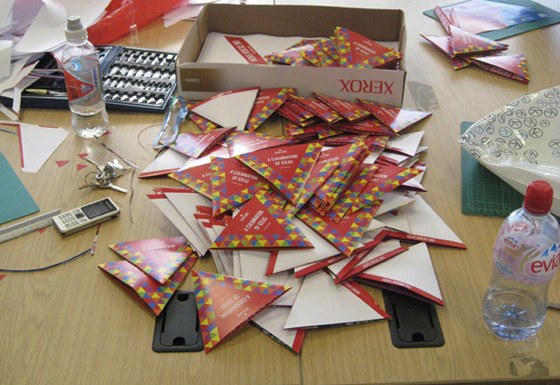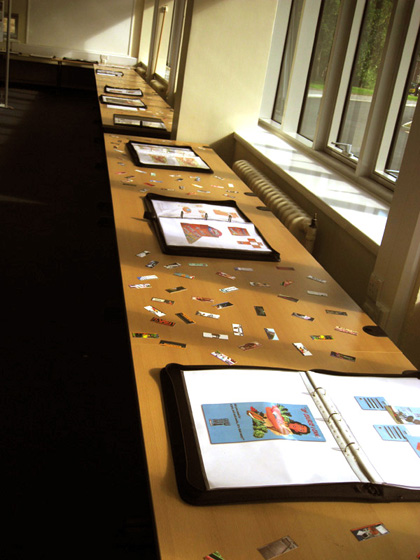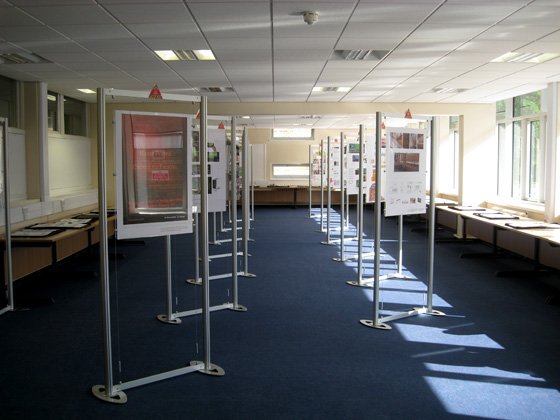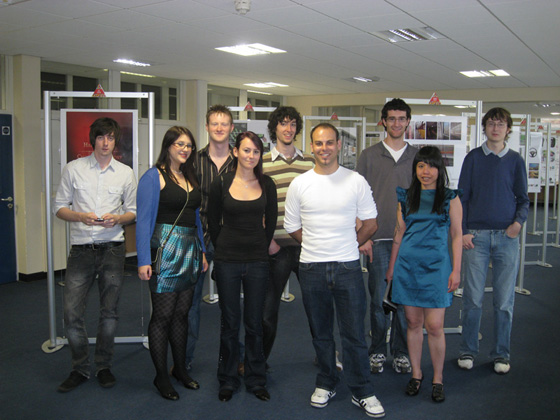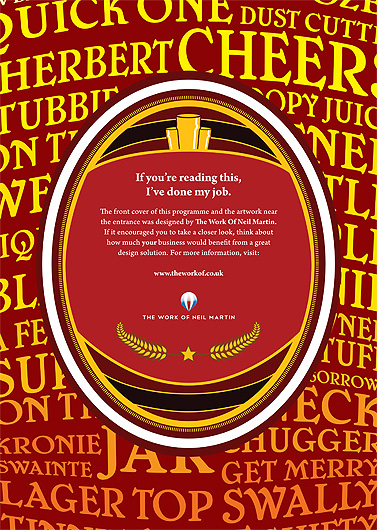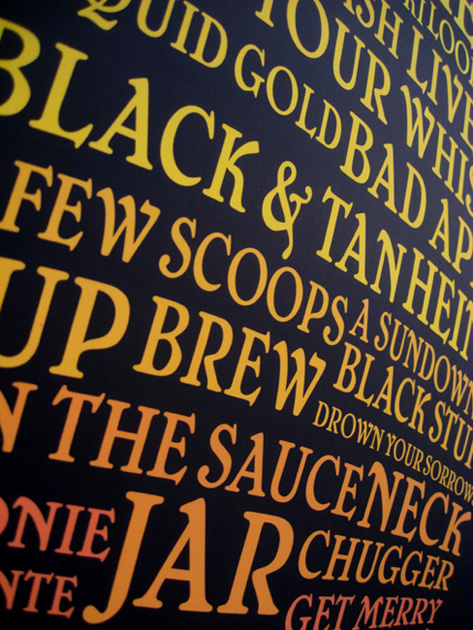
Because of my unfortunate hard drive failure a few weeks ago, I lost a lot of the photos I had taken of everything that I had designed for the University of Chester last month. I had planned to upload everything to my portfolio on the same day that the campaign was launched at the University but because I didn’t have it all, I decided to hold off. Instead, I’m waiting for them to send me some of the assets that I designed so I can take more photos of them.
In the meantime however, I thought it might be a good idea to give you a walkthrough of how I, along with three other people came up with the campaign that is now on show to over 15,000 students over two main campuses and multiple university-owned premises. I plan to write about five of these “Making Of” posts in the run up to posting the work in my portfolio. It basically gives me a chance to source some photos of what I need, while keeping my blog updated.
So, in this first entry, I’d like to start by telling you how I became part of the project and what happened in the first week. I’ll try not to make it too long winded, but also interesting enough to read! The first part doesn’t have any nice visuals to go with it I’m afraid, but it at least gives you an idea of how the job came about.
Part 1 – The Making Of The Team
At the beginning of July, I wrote about how I went down to London to display my work at the D&AD’s New Blood event. It was a great experience although it could be argued that in terms of finding work via it, it wasn’t as useful. I don’t regret doing it, because it was a fantastic experience.
Prior to exhibiting, we had been told that it wouldn’t just be the graphic design department that would representing the University of Chester, but also the advertising department, who had been nominated for a D&AD award. It was a coincidence that two of the advertising students who were exhibiting happened to be staying at the same hotel as a few of us graphic designers, which allowed us to get to know each other a little better. In addition, Kate Sillitoe, one of my second year tutors was now responsible for teaching advertising and so again, there was a little bit of a crossover.
At the end of the three days of exhibiting, me and the other seven people who had also exhibited started to pack up. Kate pulled me and few others aside to tell us about a job opportunity at the university over summer. She said that the university was keen to get an early start on protecting and preventing people from getting Swine Flu and to do that, they were really interesting in hiring students to come up with a campaign that would appeal directly to students. The job would be full time for four weeks and would take place from the middle of July to the middle of August and would take place at the university’s second, smaller Warrington campus, rather than the larger, main campus at Chester.
I didn’t have any other responsibilities lined up after the exhibition and so I was keen to find out more information about the job, as was one of my classmates, Hannah Bradshaw and the two guys from advertising, Jerry Clark and Will Bollen. I gave Kate my contact details and she said that she’d be in touch.
Getting the job
After a few emails back and forward from Kate, I was told that I would be called by communications director of the university, Jayne Dodgson. I waited eagerly for the phonecall. At the same time, I was speaking to Hannah who was also waiting for the same call. We didn’t quite know how many people had shown interest in the job or what sort of questions we’d be asked.
When the phonecall did come, I was told that I was on speakerphone to two people. Over the course of 20 minutes, they asked what I could bring to the team and what sort of things I thought could be pushed forward to deliver a successful campaign. As I said, I didn’t quite know what questions were going to be asked so I did feel like I was put on the spot for a number of them, but at the same time, felt confident in my answers. At the end of twenty minutes, they thanked me for my time and said they’d be in touch. A few minutes later, Hannah got the same call and again, they said they’d be in touch. It wasn’t until the next day that we were told that we had successfully got the job and that we started a few days later.
First day
My first day was a Thursday and I had to be there for 9am. Kate said that she would be meeting us and that we’d be attending a Swine Flu briefing. I had only ever been to Warrington twice before and both times were from Chester, rather than Liverpool. I had spent the night before finding out train times and realising that it would take me 90 minutes to get there and indeed 90 minutes back as well. A long time, but I thought it’d be worthwhile as I’d still be paid more than I was spending and perhaps moreso, I would have an excellent piece of work to add to my portfolio.
Hannah and I met each other at the campus and then made our way to where we were meeting. It was there that we met Jerry, Will and Kate. After some quick introductions, we headed over to the Swine Flu briefing where we met everyone else, including Jayne Dodgson who we would be reporting to over the next few weeks. The next hour was spent taking notes from Gay Rabie, the university’s senior health advisor. All four of us made lots of notes on her presentation in the hopes that it would help our project further down the line.
After that and for the rest of the day, me, Hannah, Jerry and Will took some time to get to know each other and get a feeling for what skills we could bring to the team and we started jotting down all of the potential ideas we had each been cooking up by ourselves over the previous week. Many of the ideas, naturally, included pigs in some way or another, but we all dismissed anything pig-related fairly early on because it would send the wrong message. Still, it was important to get those ideas out on paper to see how they could possibly be modified to work.
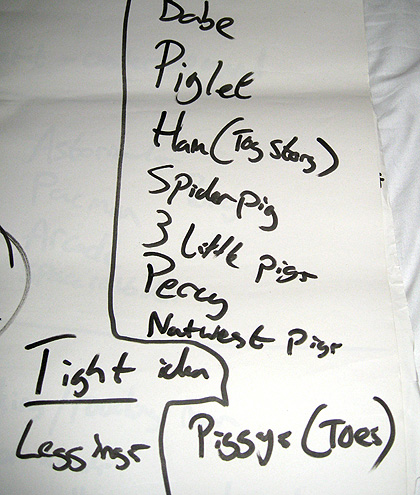
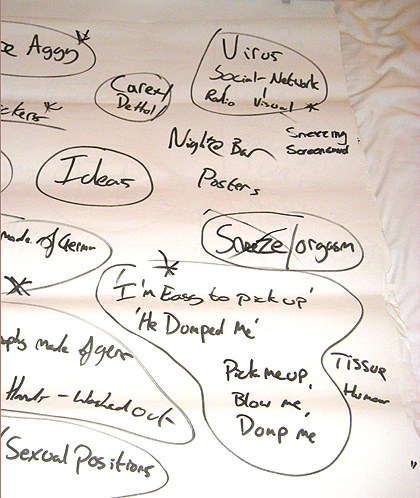
Some of the more interesting ideas that we came up with were the use of ‘Pick up lines’ such as “I want to blow you” and “He dumped me!”, both referring to the use of tissues. We thought these were cheeky enough to be appealing to students, while not being too offensive to use throughout the campuses. Another idea which I had was to use a poster campaign of people looking like they’re having an orgasm, but it’s actually a sneeze. There were some great ideas very early on from all four of us.
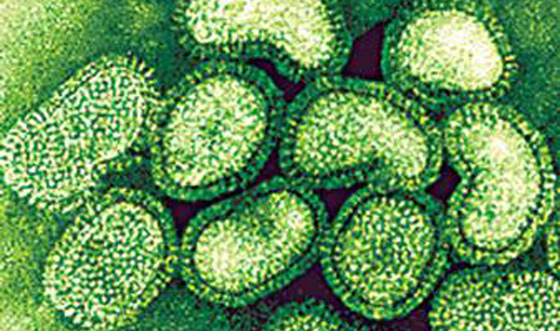
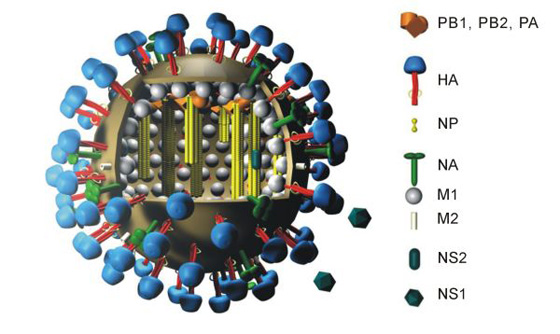
On Friday, we continued with further research into what the virus actually looks like to see if we could incorporate that into anything. We found that the virus was quite spikey in nature when looked at from an illustrative point of view. With this in mind, we thought it’d be a fantastic idea to incorporate this shape into some sort of physical spikey ball that could then be given to all students as an induction gift.
Our first two days of working on the project had proved to be quite productive, as we were putting together some good ideas after just two days.
In the next entry: Choosing our final ideas and presenting them



